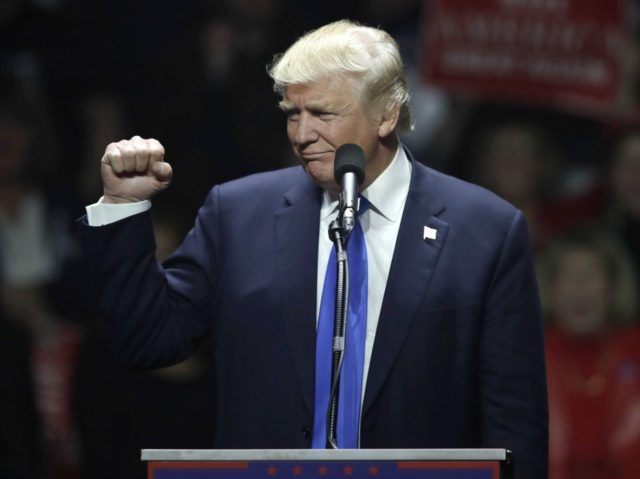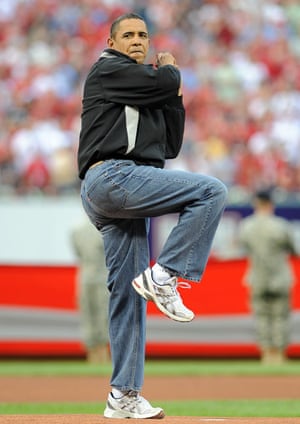As the election comes to a close, Trump is depending heavily on the working class for a win. Trump’s entire campaign rhetoric, that has been aimed at the working class, can be summed up in one sentence from a rally in New Hampshire: “Tomorrow, the American working class will strike back.” Trump’s rhetoric is all about making the working class believe the establishment is at fault for their suffering and that only he can fix it. His rhetoric seems to be working, but what is interesting is that him and President Obama “might have something in common.”
In 2008, President Obama was arguing for change and taking the anti-establishment route…sound familiar? Trump has motivated his base by blaming the establishment and asking for change. Both 2008 and 2016 are “change  elections” and it seems to not matter what party argues this stance. The working class is a valuable group of voters, because it seems like they are often left out and hurt most by the decisions in D.C.. President Obama tried appealing to this group in 2008, but was not even as close to successful as Trump. But why?
elections” and it seems to not matter what party argues this stance. The working class is a valuable group of voters, because it seems like they are often left out and hurt most by the decisions in D.C.. President Obama tried appealing to this group in 2008, but was not even as close to successful as Trump. But why?
Trump not only poses as an outsider, but is one. Fighting the establishment is easier when you aren’t part of it. When Trump says things like “the American working class will strike back,” he is telling them that they have the power. This has all successfully moved this group into action, something that was not very successful by either party in 2008 or 2012. But the question all comes down to how many votes will this actually bring in and will it override the Hispanic vote that Clinton has received?
No matter the outcome, Trump’s rhetoric has rallied and activated a class that probably won’t quiet down after the results come in today. Who will be the next person to lead these voters?







 Who knows if Trump is trying to speak at a lower than average grade level, but it is appealing to his working class voters.
Who knows if Trump is trying to speak at a lower than average grade level, but it is appealing to his working class voters.
